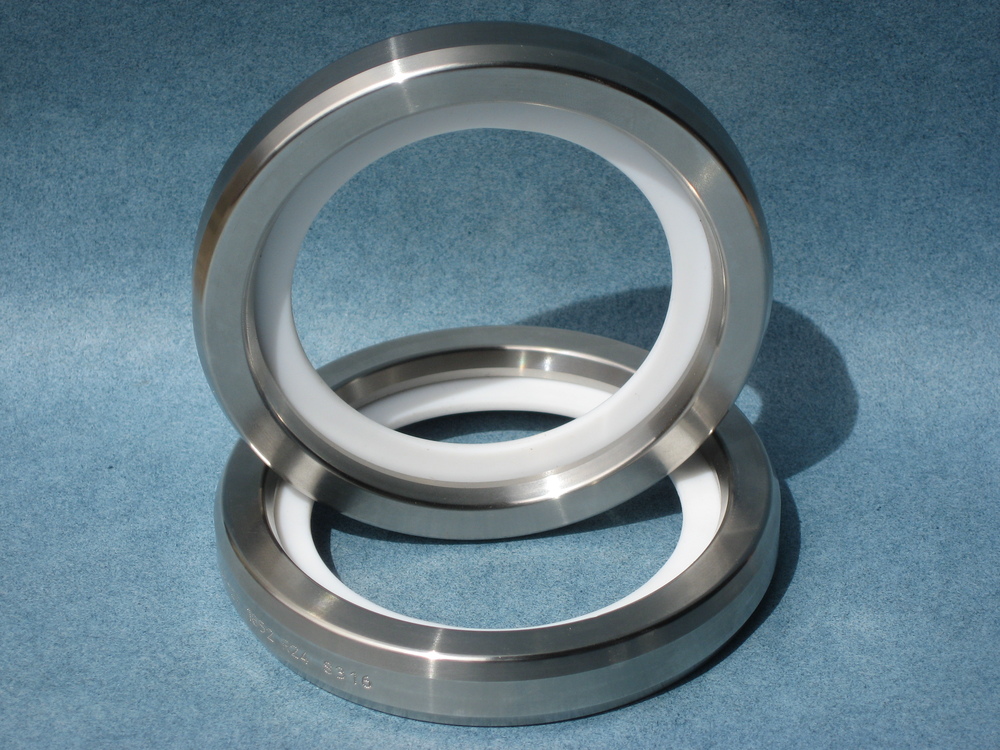Seals are very sensitive to extreme temperatures. The core material used in them does not allow much deformation. They are vital for making seals to prevent leaks in many industrial and automotive uses. High temperatures degrade materials. They cause hardening, cracking, and loss of elasticity. These effects reduce a seal’s ability to seal tightly. High-temperature thermal expansion can change seal dimensions. Some materials break down chemically, reducing effectiveness. Low temperature makes materials rigid and brittle. They crack and lose elasticity. This reduces tight contact between sealing surfaces and increases leakage. Proper seal material selection is key. Common materials that are generally used involve stainless steel, Inconel, graphite, and ceramic for high-temperature applications. Under common elastomers, there is silicone and nitrile rubber. They are generally used for low-temperature applications. They are flexible and resilient.
To optimize seals for extreme temperatures, it must understand:
- Material properties.
- Environmental factors, like surface finish and bolting torque.
Pressure Rating Determines Seal Integrity
A seal’s material properties depend on its pressure rating. High compressibility allows tight sealing. Tensile strength resists internal forces. Thermal stability is needed for high temperatures. Chemical resistance protects against corrosive media. Choose the right material to prevent leaks and protect equipment. Metal types include spiral wound, jacketed, and metallic sheet seals. Non-metal types include graphite and PTFE. Seal design, bolting torque, surface finish, and environmental conditions affect seal integrity. Seals are selected based on operating pressure, temperature, and fluid compatibility. Choose the right pressure rating to prevent leaks, damage, and danger.

Chemical Compatibility Ensures Long-Term Performance
Chemical compatibility is key. It means a material’s resistance to chemical degradation. This affects equipment efficiency and safety. Environmental factors affect chemical compatibility. Incompatible chemicals cause leaks, damage, contamination, and risks. For chemical resistance, use stainless steel, nickel alloys, graphite, PTFE, and some elastomers. It can help choose the right rtj gasket material. It uses immersion, stress-cracking, permeation, and accelerated-aging tests. Choose the right seal for safe, reliable use in aggressive chemicals. Base the choice on material properties, fluid characteristics, and testing.
Environmental Conditions Influence Seal Durability
Humidity, temperature, and UV radiation affect seals. High humidity causes swelling and corrosion. UV radiation causes color fading and surface cracking. Extreme temperatures cause expansion, embrittlement, or loss of flexibility. To combat these challenges, focus on material selection. Weather-resistant elastomers like fluorosilicone, EPDM, and nitrile rubber resist high temperatures. Graphite and PTFE also resist high temperatures. UV-resistant polymers ensure seal performance. To improve resistance to environmental damage, consider proper seal design and protective coatings. An engineer can ensure seal performance in harsh environments.




